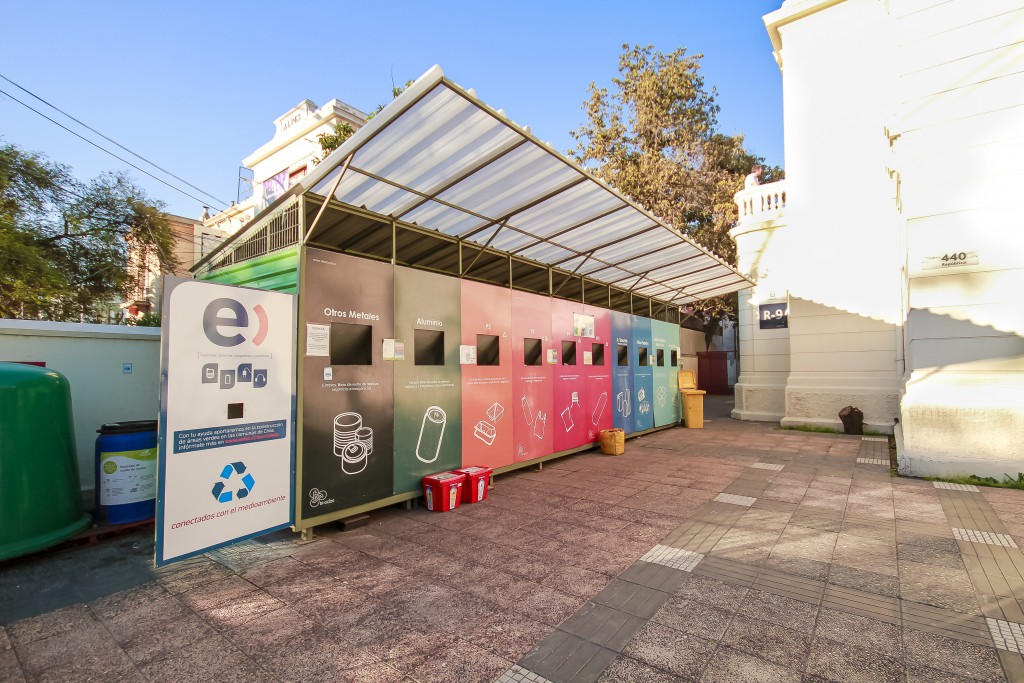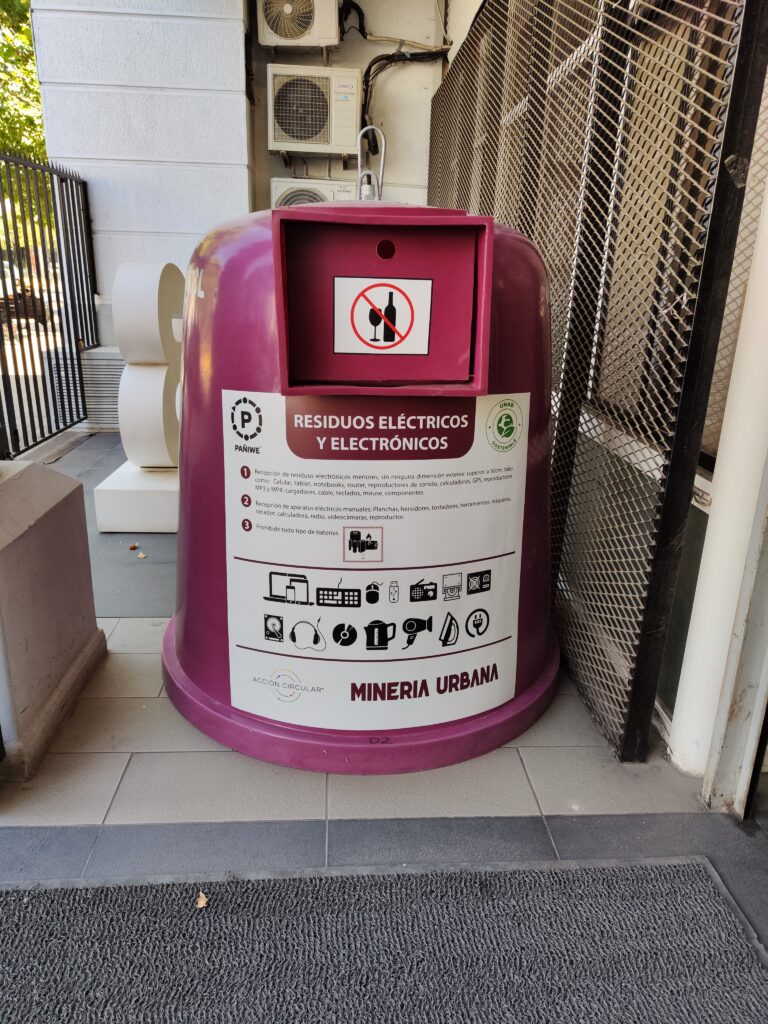During 2012, a Clean Point was implemented at the República Campus open to the community with a capacity to receive 20 types of materials. This clean point between 2017 and 2020 managed to recover 168 tons of recyclable material generated both within the UNAB community and by the surrounding community. In the case of Campus Casona for the same period, it is estimated that 22 tons of waste were recovered.
As part of the Sustainability Strategy, the university is currently in the process of conducting a comprehensive diagnosis and solid waste management plan to improve solid waste management at the different UNAB campuses.
UNAB currently has clean points at 5 of its campuses: Antonio Varas, Bellavita, Creativo, República and Viña del Mar, which are operated by external companies and receive more than 20 types of waste. In the near future, Campus Casona and Concepción will also have their own clean points.


Thanks to a partnership with the company Pañiwe, we have campaigns for Waste Electrical and Electronic Equipment at our Casona and República campuses.
This project will help us to contribute to the valorization of products considered a priority by the MMA law 20.920 and we hope that the entire UNAB community will join and collaborate with this important campaign.
Products that can be deposited: cell phones, tablets, chargers, cables, irons, kettles and others.
Prohibited products: batteries and other non-electronic/electrical waste.
Waste or mixture of waste that presents a risk to public health and/or adverse effects to the environment, either directly or due to its current or foreseen management, as a consequence of presenting some of the following characteristics indicated in D.S. 148/03 MINSAL, Sanitary Regulation on hazardous waste management:
The main hazardous wastes generated at a university are: Batteries, batteries, fluorescent tubes, toner, radioactive waste (radioactive sources in equipment) and chemical and biological laboratory waste.
Hazardous Chemical Laboratory Waste: Halogenated solvents, acids, bases, waste with heavy metals, lead acetate, arsenic, ethyl bromoacetate, oils, flammable solids, among others.
Hazardous waste from Biology Laboratory: Human remains, cotton and gauze with fluids, cell culture remains, needles, scalpels, gloves, expired serums, expired vaccines, containers with residues and any contaminated item.
Hazardous waste must be stored in a container that is labeled as to its contents and must meet the requirements mentioned in the Regulation.
They must then be taken to a temporary storage site authorized by the SEREMI de Salud.
The final disposal of hazardous waste must be carried out in safety landfills, specially constructed and authorized for this purpose.